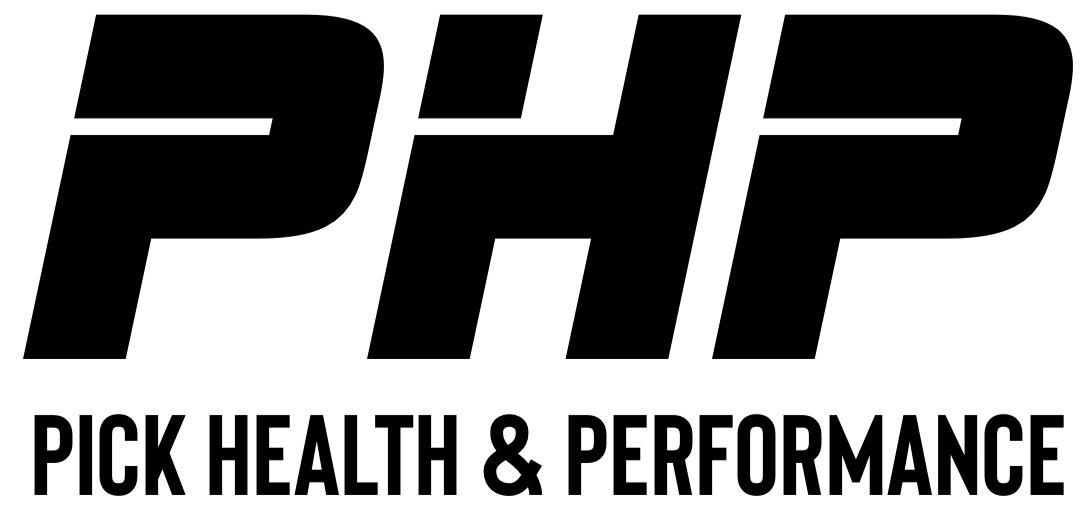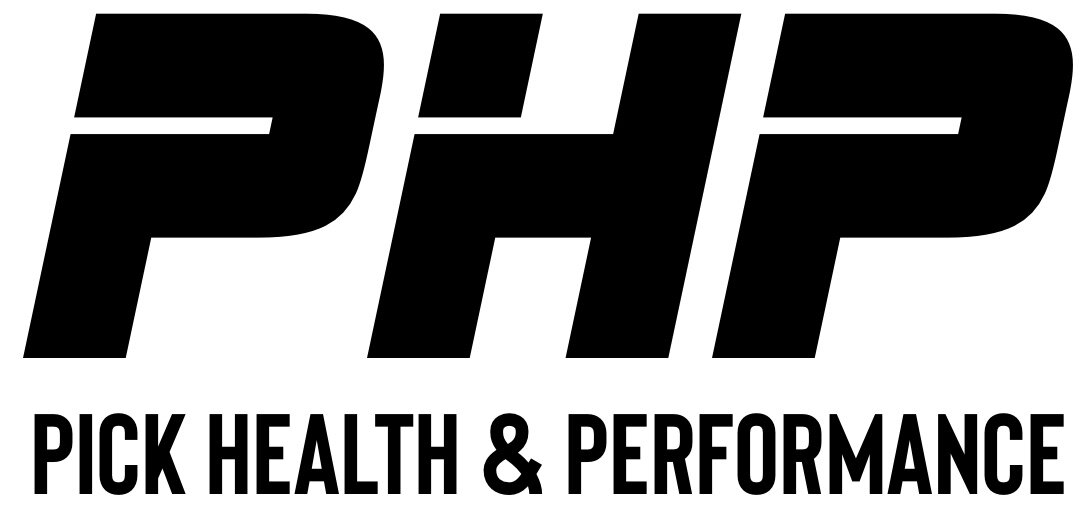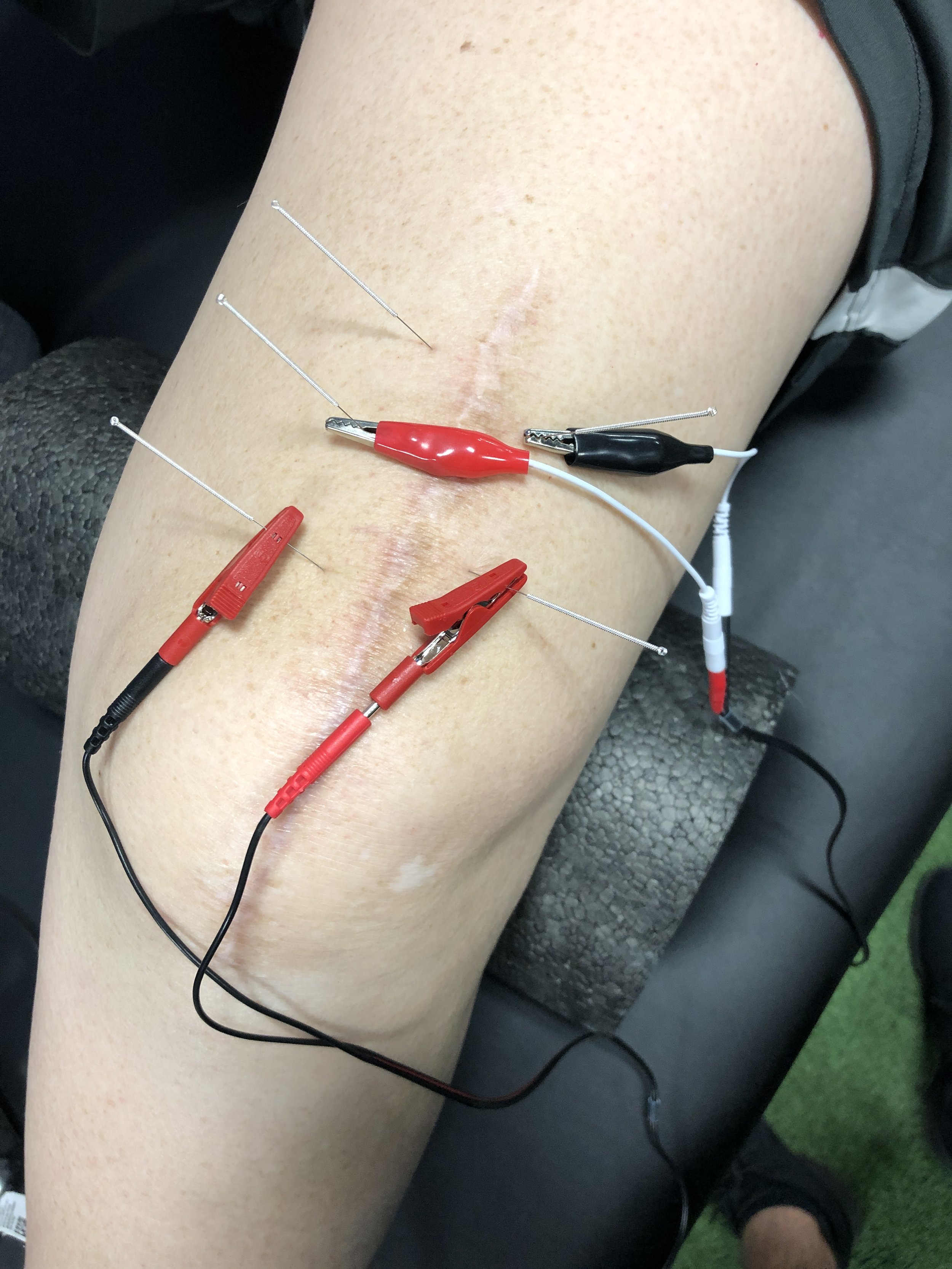Dry Needling: The Secret Weapon and the Sniper Approach.
Before graduating with my Doctoral degree in Physical Therapy, I had the privilege of working with some of the highest performing athletes out there. NHL, NBA, MLB, and Olympic athletes. With athletes ranging from rookies trying to earn a spot on the team, to tenured veterans trying to get every last inch out of their body for another season. I was constantly in awe of the pain and physical punishment these individuals would put themselves through to be able to perform daily. Injuries were just another part of life. Some of these athletes had been dealing with weeks of shoulder pain, months of hip pain, or years of low back pain; but there was a common ground nearly all of them all shared: pain relief and improved performance from dry needling.
What Is Dry Needling?
Dry needling is a treatment approach that involves the strategic placement of a thin needle into spots known as trigger points to alleviate myofasical pain. When describing dry needling to my patients, my go-to analogy is a sniper. Using a needle to go directly into a trigger point versus my hands or instrument assisted soft tissue mobilization is like a gunman using the extreme skill and precision of a sniper to pinpoint the problem area. Several studies have demonstrated the ability of dry needling to cause immediate improvements in musculoskeletal pain by targeting these trigger points and eliciting a local twitch response. The proposed mechanisms of pain relief supported by research include:
Normalization of local chemical environments surrounding active trigger points.
Activation of our body’s natural opioid pain controlling pathways.
A local increase in blood flow to create a “washout” effect and reduce inflammation.
These effects of dry needling have been demonstrated across orthopedic, neurologic, sports, and post-surgical populations to improve range of motion, pain, performance, and increase local blood flow and oxygenation to surrounding tissues.
So, Dry Needling is Like Acupuncture; Right?
No, no it is not. Well actually, kind of. Both dry needling and acupuncture use a similar instrument (a needle) to perform a treatment, but the philosophies and reasoning behind why the treatment is being performed couldn’t be more different. This is like how both chiropractors and physical therapists perform manipulations, but the chiropractor is attempting to correct “subluxations” while the physical therapist is attempting to unlock facet joints.
Some of the key differences you should know between dry needling and acupuncture are:
Acupuncture is based in Eastern medicine and uses needles to balance “chi”, which is defined by acupuncturists as "life’s energy".
Acupuncturists believe chi travels through channels, or meridians, and that this flow can become stagnant or disrupted resulting in illness and disease.
Acupuncturists insert needles into very specific points along the patient’s meridians to re-establish the flow of chi and these points do not change from person to person or based on how the patient’s symptoms are presenting.
Dry needling is based in Western medicine and uses needles to stimulate trigger points within the muscle. It does not use meridians to balance chi and each treatment is individualized to the patient and their symptoms.
What Exactly Is A Trigger Point?
This is a great question, and one that I answer daily with my clients. Trigger points are characterized as the presence of nodules (or knots) in tight bands of muscle that are overly sensitive or painful to the touch. Trigger points are divided into two main groups, active or latent. An active trigger point is described as a palpable nodule that can cause local or referred pain without being touched or pressed on. A latent trigger point is essentially the same thing only it does not cause any symptoms without being stimulated or pressed.
Several theories exist in the scientific community regarding how trigger points form and what exactly their role is in the development of pain. Some of these theories include:
Sustained low level muscle contractions associated with stress and postural strain can lead to the formation of trigger points. I see this all the time in the clinic. Think about it…ever had someone rub your shoulders after a long day and hear them say “you’re so tense”? Whether you’re working all day at a desk, pulling an all-nighter studying for an upcoming midterm, or simply experiencing some of the burdens of life, our posture carries a lot of that stress. Leading to increased low level muscle contractions which can be a leading source of pain.
Another theory as to why trigger points form that I commonly experience in the clinic is direct trauma. Whether this is shoulder pain from trying to hit a new PR in the weight room, neck pain after being in a car accident, or knee pain after completing your first half marathon. This trauma can lead to the formation of trigger points causing significant pain to continue after normal soreness subsides.
If you’re experiencing pain, regardless of your fitness goals, lifestyle, or injury history, I highly recommend seeking out a physical therapist who performs dry needling for an evaluation. Let me be clear though: dry needling is not a magic bullet. It is a great tool in the hands of a skilled therapist to alleviate pain that would otherwise prevent patients from performing certain movements or exercises, but it is only a part of the picture. Education on areas like strength, mobility, and posture are vital to sustain a pain-free lifestyle and to perform at an optimal level.
If you’re in the Pickerington, OH area and you’ve been dealing with pain, tightness, or feeling like you can’t perform you’re best. We’d love to help. Click the button below for your free consult.




